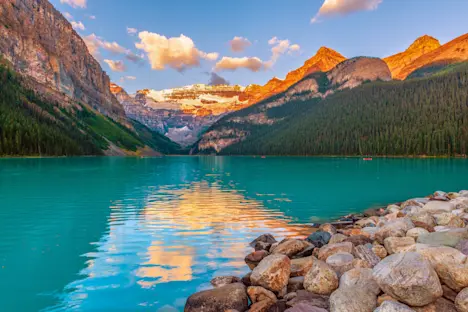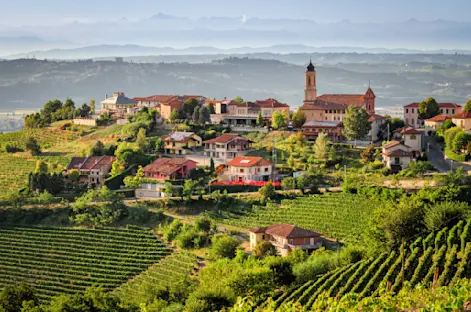Itinerary
Arrive in Delhi and transfer to the Taj Mahal Hotel, with the rest of the day at leisure. Meet your Expedition Leader and fellow travelers for dinner at the hotel.

A private air-conditioned van will pick you up at the hotel for the transfer to Agra. The city rose to prominence as the capital of the Mughal Empire in the 16th and 17th centuries, flourishing under emperors who invited artisans from Persia and Central Asia. Agra remains renowned for its handicrafts—especially marble inlay work, woven carpets, jewelry, zari and embroidery—but its architectural monuments bring the greatest acclaim.
After checking in to our hotel, we'll tour the magnificent Agra Fort this afternoon. A UNESCO World Heritage Site, the fort was the center of Mughal power until the capital moved to Delhi in 1637. Photograph its courtyards, mosques and ornate private chambers that reflect the empire’s wealth and grandeur.
We then visit the Taj Mahal to see this celebrated monument to love in the golden light of sunset. Commissioned in 1631 by Emperor Shah Jahan as a memorial to his beloved wife, the Taj Mahal represents the pinnacle of Mughal art with its intricate design and formal gardens. Standing regally on the banks of the Yamuna River, it took 22 years to complete, built by 20,000 laborers and a thousand elephants. Today it is regarded as one of the seven wonders of the modern world.
Rise early to experience the Taj Mahal in the soft light of dawn, followed by a guided tour of the monument and its grounds. Watching the sunrise wash over this tribute to eternal love is a quiet, luminous moment, as the translucent white marble glows with rosy hues in the morning rays, weather permitting. Completed in 1653, the Taj Mahal has long captivated travelers and writers alike. The English poet Sir Edwin Arnold described it as “the proud passions of an emperor’s love wrought in living stones.” After breakfast, we drive back to Delhi by van, where overnight rooms await on arrival. Later, a transfer to the international airport is provided for departing flights.
Please Note: The Indian government is nearing completion of a multi-year conservation project on the Taj Mahal that includes cleaning and repairs. This work involves scaffolding that may cover portions of the monument as the project progresses, as well as mudpack treatments applied to parts of the dome. Because all four sides of the Taj Mahal are identical, visitors can still expect excellent views and photographs of its iconic facade.The Taj Mahal is closed to the public on Fridays for prayers at the mosque within the complex. Friday is the Muslim holy day, and the site closes to allow congregational prayers, known as Jumu’ah. If a portion of our Agra visit falls on a Friday, we will adjust the order of activities accordingly.

































